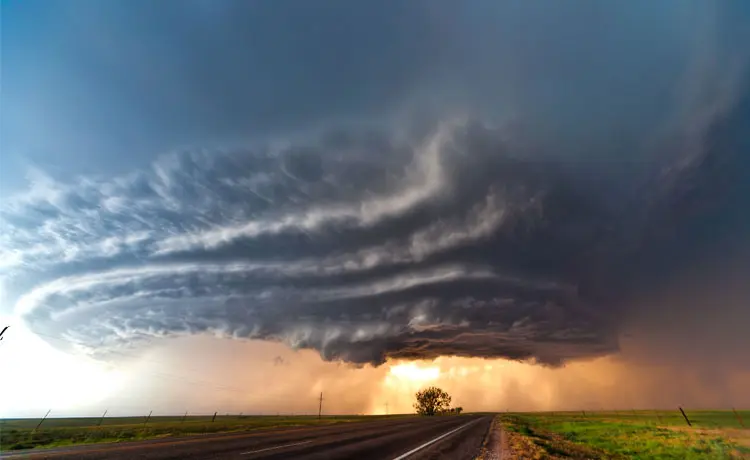We’ve all seen movies with the terrifying, twisted funnel of a tornado chasing cars, uprooting trees and pummeling through homes in seconds. While Mother Nature’s temper tantrums make for great entertainment on the big screen, they can be destructive and deadly in real life.
Leaders, it’s your responsibility to make sure your citizens are prepared for nature’s unexpected surprises. Spread the word on tornado safety awareness – starting with these quick tips – so that your community is prepared for anything that spirals its way.
DID YOU KNOW? About 1,200 tornadoes hit the U.S. every year and every state is at risk.
Tornado Safety Planning Tips
1. Create a Family Emergency Plan
Your family could be anywhere when a tornado strikes – at home, at work, at school or in the car. Discuss with your family how to contact one another, where to take shelter, how to stay protected from flying and falling debris, and where to meet after the danger has passed. Review your plan each spring. For family emergency plan essentials, visit Ready.gov’s Make a Plan page.2. Prepare Your Home
No home is safe in a tornado, but there are things you can do to reduce damage from high winds and heavy rainfall.- Inspect your home for possible hazards:
- Are walls securely bolted to the foundation?
- Are chairs or beds near windows, mirrors or large pictures?
- Are heavy items stored on shelves more than 30” high?
- Are there large, unsecured items that might topple over or fall?
- Build a safe room where you and your family can take refuge against high winds, falling debris and windborne objects. You can build a safe room in one of several places in your home:
- In your basement
- On a concrete slab-on-grade foundation or garage floor
- In an interior room on the first floor
- Get property, health and life insurance if you do not already have them. If you do, review your existing policies yearly to be sure your insurance coverage meets your needs.
3. Assemble Disaster Supply Kits
Prepare disaster supply kits to keep at home, at work and in your car. Items to include in these supply kits include:- Water
- Non-perishable food
- Flashlight
- First aid kit
- Extra clothing
- Cell phone with chargers and a backup battery
DID YOU KNOW? Although tornadoes can happen at any time during the day, they are most likely to occur between 3 p.m. and 9 p.m.
